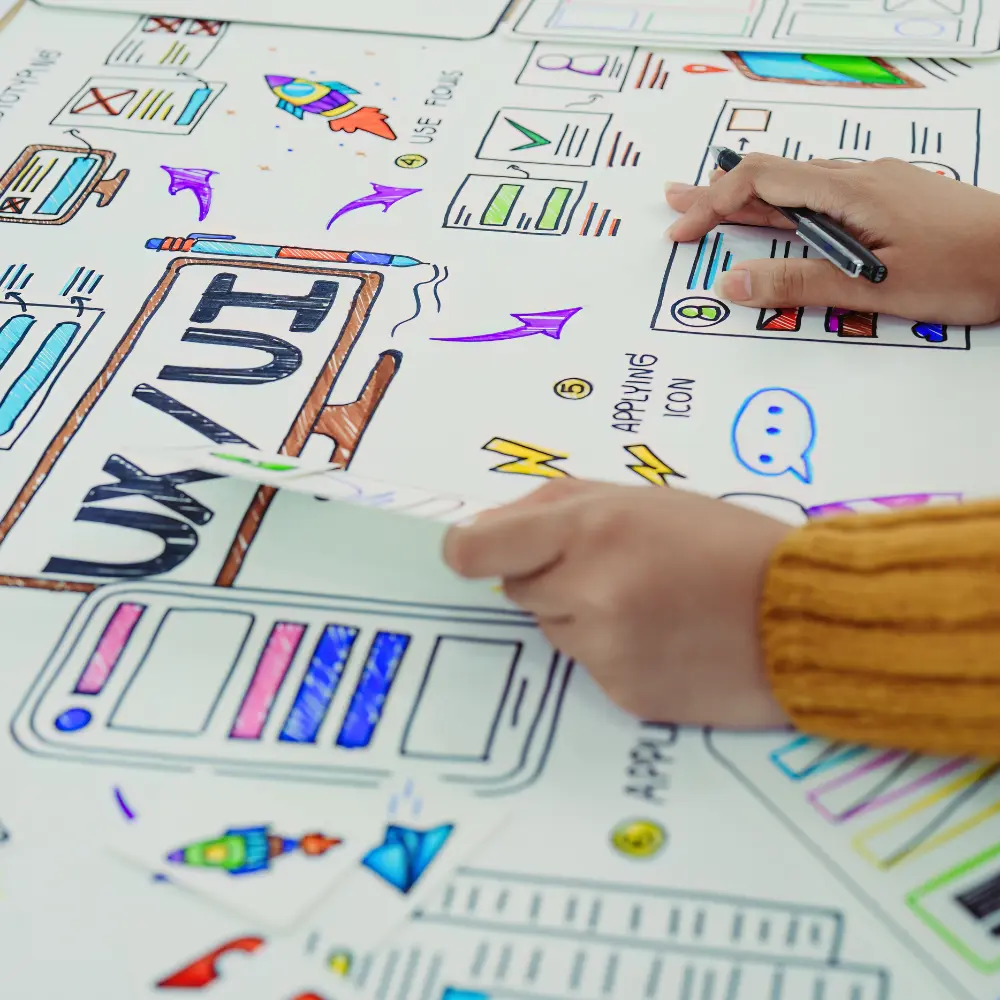1. AI-Driven Personalization
Personalization has long been a key aspect of web design, but in 2025, artificial intelligence (AI) will play an even more significant role in creating tailored experiences for users. AI-driven web design allows websites to adapt in real-time to user behavior, providing content, design elements, and features that are most relevant to individual visitors. By analyzing browsing history, preferences, and demographics, AI can alter elements such as layout, color schemes, and content to match the user’s needs and interests.
Why it matters: AI personalization ensures a more engaging and relevant user experience, improving conversion rates and fostering deeper connections between brands and their audiences. Expect smarter, more intuitive websites that feel like they’re made just for you.
2. Immersive 3D and VR Integration
As web technology improves, immersive 3D elements and Virtual Reality (VR) are becoming more accessible to both designers and users. In 2025, expect to see an explosion of 3D models, immersive virtual environments, and interactive 3D elements on websites. These innovations go beyond simple animations or graphics— they allow users to interact with the content in new, engaging ways. This could be anything from navigating through a virtual store to experiencing a 360-degree view of a location.
Why it matters: Immersive experiences offer a fresh, exciting way for users to interact with content and brands. Whether it’s virtual showrooms or interactive storytelling, 3D and VR can drive deeper emotional connections with users, enhancing brand storytelling and user engagement.
3. Dark Mode and Dynamic Color Schemes
Dark mode has been trending for several years, but by 2025, it will become a standard feature in web design. However, it’s not just about offering a “dark” version of a site; it’s about integrating dynamic color schemes that respond to the user’s preferences, environment, or even time of day. Dynamic color adjustments will allow websites to shift from light to dark and vice versa based on the user’s settings or context. This feature can also adjust color temperatures based on the time of day to reduce eye strain, making for a more comfortable user experience.
Why it matters: Dark mode isn’t just a trendy aesthetic— it reduces eye strain, saves battery life on OLED screens, and enhances readability in low-light environments. The trend toward dynamic color schemes adds another layer of personalization and user-friendliness to the design.
4. Advanced Microinteractions
Microinteractions are small, subtle animations or design features that guide users through a website, offering feedback or enhancing the overall experience. In 2025, microinteractions will become even more sophisticated, incorporating more advanced animations, sound effects, and interactive elements that go beyond simple hover effects. These interactions can include animated transitions, scrolling effects, or even smart content loading based on user actions.
Why it matters: Microinteractions improve usability and add personality to a website. They make the user experience more intuitive and enjoyable, enhancing engagement without being intrusive. When done correctly, they guide users seamlessly through their journey, improving the overall flow and interaction with the website.




